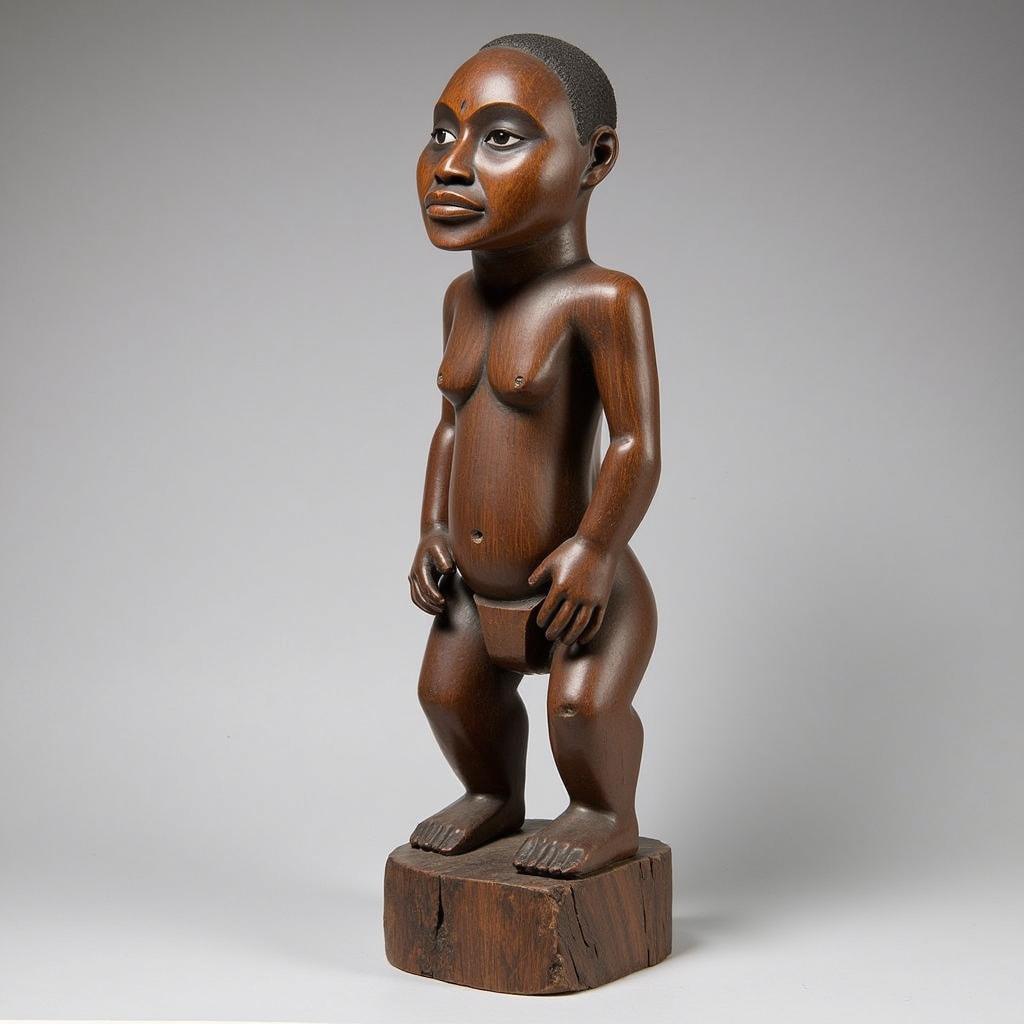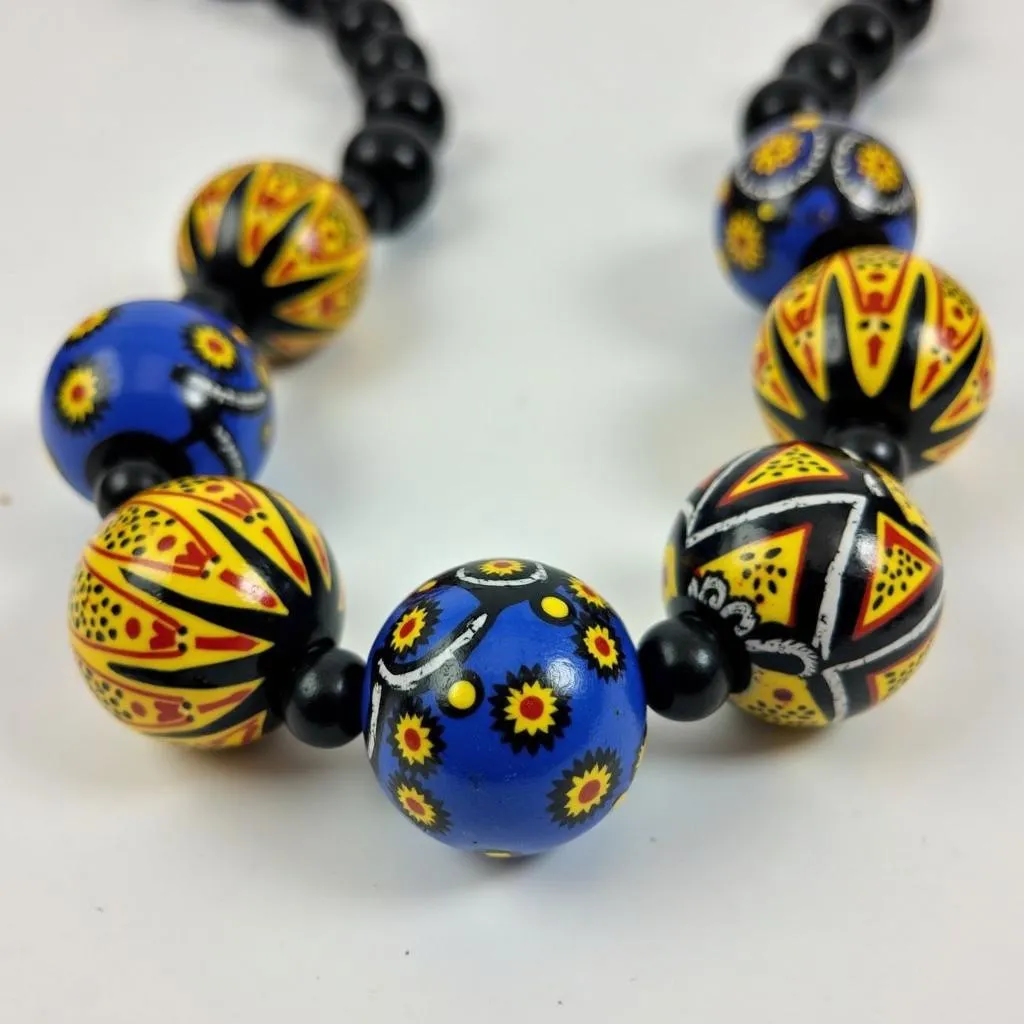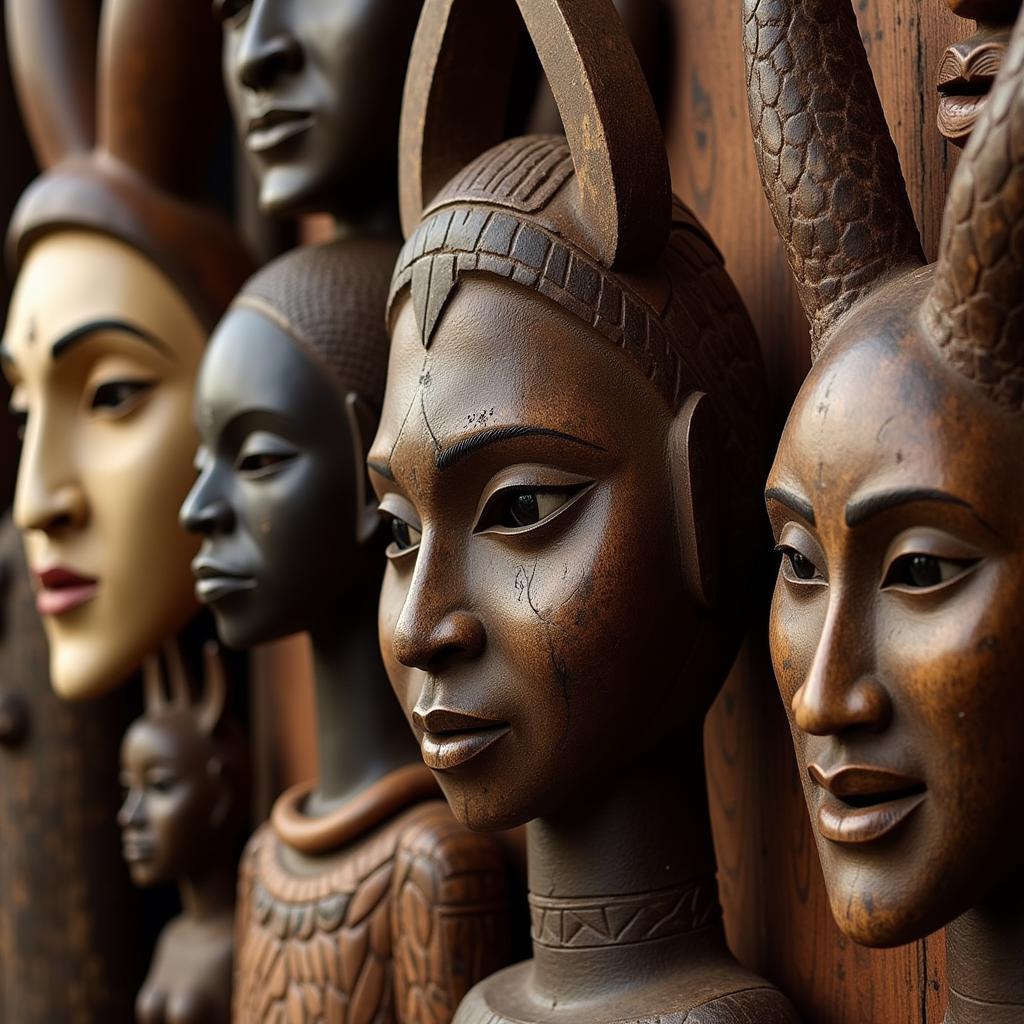Exploring the Beauty of African Artwork Pictures
African Artwork Pictures offer a captivating glimpse into the diverse cultures and artistic traditions of the continent. From ancient rock paintings to contemporary sculptures, these images showcase the creativity, skill, and rich history of African art. This article delves into the vibrant world of African art, exploring its various forms, meanings, and significance in a global context.
A Journey Through the Visual Tapestry of African Art
African art is not a monolithic entity but rather a vibrant mosaic of styles, techniques, and meanings that vary across regions, cultures, and time periods. It encompasses a wide range of mediums, including sculpture, painting, pottery, textiles, masks, and beadwork. Each piece tells a story, reflecting the beliefs, values, and history of the people who created it. For instance, masks, often used in ceremonies and rituals, represent spirits, ancestors, or mythical figures. The intricate details and vibrant colors found in African textiles speak to the skill and creativity of the weavers, while the bold forms of African sculpture often embody concepts of power, strength, and spirituality. Exploring African artwork pictures allows us to appreciate the depth and complexity of this rich artistic heritage. Just after this paragraph, you will find a visual representation of some of these artworks.
 African Mask Ceremonial Art
African Mask Ceremonial Art
African art frequently utilizes symbolic imagery, with recurring motifs such as animals, ancestral figures, and geometric patterns. These symbols hold deep cultural and spiritual significance. For example, the leopard often represents power and royalty, while the spiral symbolizes continuity and life’s cyclical nature. Understanding these symbols enhances our appreciation of the artwork and its underlying messages. African American Smithsonian resources can be helpful in understanding this intricate system of symbolism.
Many individuals are interested in acquiring African art pictures downloads for personal use or research. It’s crucial to ensure that any downloads are obtained ethically and legally, respecting the intellectual property rights of the artists and communities.
What Makes African Art Unique?
What sets African art apart is its inherent connection to spirituality, ritual, and community life. Unlike Western art, which often emphasizes individual expression, African art is often created for communal purposes, serving as a bridge between the living and the ancestors, the natural and the supernatural. Many pieces are not merely aesthetic objects but rather active participants in rituals and ceremonies, imbued with spiritual power. This intimate connection to spirituality and community gives African art a unique depth and resonance.
 African Wood Carving Tribal Art Sculpture
African Wood Carving Tribal Art Sculpture
African art also plays a significant role in storytelling and preserving cultural heritage. Through visual narratives, artists transmit history, myths, and moral values from one generation to the next. This oral tradition, embedded in tangible art forms, ensures the continuity of cultural memory and identity. Resources on African American art pictures can provide further context on the role of art in preserving heritage.
The Influence of African Art on the World
African art has had a profound impact on global art movements, inspiring artists from Picasso to Matisse. Its bold forms, vibrant colors, and symbolic language have influenced modernism, cubism, and expressionism. The influence of African art can be seen in various art forms, from painting and sculpture to fashion and design. African art and craft pictures can illustrate this global influence.
Dr. Abimbola Olufemi, a renowned art historian specializing in African art, states, “African art is not simply a collection of objects; it is a living tradition that continues to evolve and inspire.”
 African Kente Cloth Textile Patterns
African Kente Cloth Textile Patterns
Conclusion: Embracing the Power and Beauty of African Art
African artwork pictures provide a powerful window into the diverse cultures, rich history, and artistic genius of the African continent. From ancient rock art to contemporary masterpieces, these images capture the essence of African creativity and its enduring legacy. By exploring African art, we gain a deeper understanding of the human experience and the interconnectedness of cultures.
FAQs
-
What are the most common materials used in African art?
Wood, metal, clay, textiles, and beads are some of the most commonly used materials. -
How can I identify authentic African art?
Researching the artist, style, and provenance of the artwork can help determine its authenticity. -
Where can I see examples of African art?
Museums, galleries, and online resources offer opportunities to view African art. -
What is the significance of masks in African culture?
Masks often represent spirits, ancestors, or mythical figures and are used in ceremonies and rituals. -
How has African art influenced Western art?
African art’s bold forms and symbolic language have inspired modernism, cubism, and expressionism. -
Where can I find African animal pictures to color?
There are numerous resources available online and in educational materials. -
What are some examples of contemporary African artists?
Numerous contemporary African artists are making significant contributions to the art world. Researching current exhibitions and art publications can provide examples.
Need support? Contact us 24/7 at +255768904061, [email protected] or visit us at Mbarali DC Mawindi, Kangaga, Tanzania.


